RBA interest rates: Cash rate increased by 0.25% to 3.85%
Homeowners have been on a knife edge and now the Reserve Bank has made its latest shock decision on interest rate hikes.
Interest Rates
Don't miss out on the headlines from Interest Rates. Followed categories will be added to My News.
Australians will have more financial pain inflicted on them as the Reserve Bank of Australia decided to lift rates by 0.25 per cent to 3.85 per cent.
This brings interest rates to its highest level since April 2012.
Homeowners have been on a knife edge to see whether they would be forced to fork out more money following one of the most aggressive rate hike cycles from the Reserve Bank of Australia in recent times.
Last month, the RBA chose to pause its interest rate increases, which have skyrocketed from 0.1 per cent since last May.
Now Aussies have been slapped with their eleventh rate hike in the space of just 12 months.
This means those with the average loan size of $586,000 will be forking out around $14,000 more annually compared to what they were paying this time last year.
Pradeep Philip, head of Deloitte Access Economics, said the rate increase showed that the RBA is still playing “recession roulette”, despite briefly walking away from the table when it paused rate hikes last month.
“The decision to lift the cash rate by 25 basis points to 3.85 per cent is unnecessary given 10 previous rate hikes are still working their way through the economy,” he explained.
“Meanwhile, hundreds of thousands of mortgage holders are still to see their repayments surge as pandemic-era low fixed rates revert to variable, while businesses continue to be squeezed.
“Last week’s CPI data showed that inflation is clearly slowing, and the fact it is doing so while unemployment remains at record lows is a good thing.”
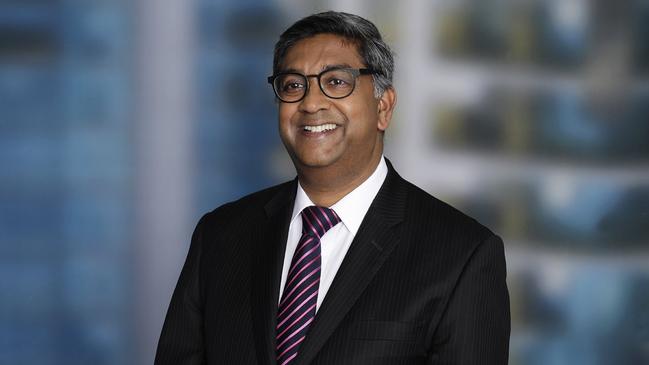
He said the RBA’s own statement note that despite record low unemployment, wage growth has not spiralled and is still consistent with the inflation target.
“With the recent independent review into the RBA reminding Australians that full employment sits alongside price stability in the bank’s mandate, it is important that the RBA exercises caution on rate rises until it has seen the impact of the last 10 fully pass through the economy,” he said.
More than two in five Australians said their rent or mortgage was one of their most stressful expenses in April – the highest level since Finder’s Consumer Sentiment Tracker started in May 2019.
Graham Cooke, head of consumer research at Finder, said the rate rise would be a heavy blow for many.
“The market consensus is that we are now at the peak of a frenzied, steep climb. The question yet to be answered is how well Aussie homeowners will be able to breathe in the thin air,” he said.

Others have also hit out at the RBA for the decision to hike rates again and said its aggressive tightening cycle would weigh heavily on homeowners.
“There’s barely been time for the market to absorb the lagged impact of the previous 10 consecutive rises and reassess the approach based on this,” said The Real Estate Institute of Queensland COO Dean Milton.
“Equally, it’s difficult to see how would-be buyers can catch a break when their borrowing capacity has been on such unsteady footing.”
He added economic conditions were already stifling future supply and pushing the dream of home ownership further out of reach for many.
Compare the Market’s General Manager of Money, Stephen Zeller, agreed many borrowers are going to be in a world of pain and homeowners with a mortgage of $600,000 could be paying $1351 more each month than they were at the start of May 2022.
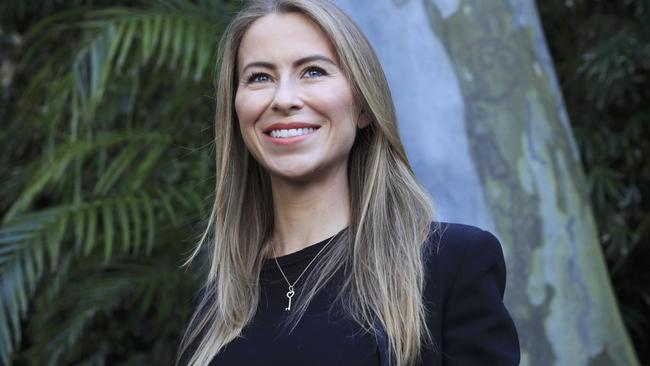
PropTrack senior economist Eleanor Creagh said the challenge of persistently high inflation saw the cash rate increased by 0.25 per cent.
“Despite the latest monthly inflation read and the official CPI data confirming inflation peaked in December and indicating the momentum in inflation pressures is subsiding, inflation remains elevated and is well above the Reserve Bank’s 2-3 per cent target range,” she explained.
“Together with the lift in employment seen in the most recent update on the labour force, the labour market remains tight. This gave the RBA headroom to further raise the cash rate.”
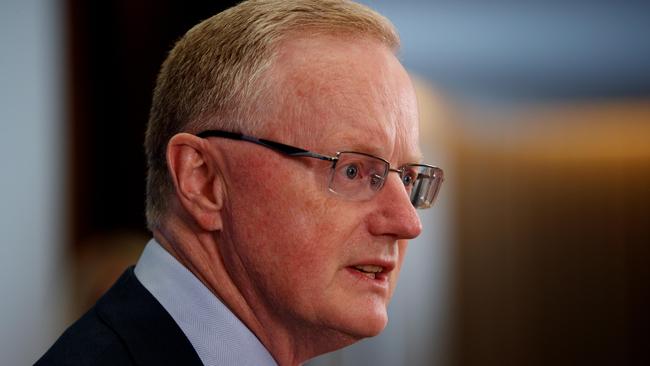
House prices nationally fell for nine consecutive months but have begun reversing their falling trend this year, she added, while maximum borrowing capacities have dropped by around 30 per cent.
“While the significant reduction in borrowing capacities and deterioration in affordability caused by interest rate rises implies larger price falls, the downwards pressure is being offset,” she said.
“The impact of interest rate rises is being counterbalanced by stronger housing demand and tight supply conditions.
“The path for home prices in the months ahead will be influenced by many opposing factors, including the level of supply hitting the market and the trajectory of interest rates. Headwinds remain, with the full impact of rate rises already delivered yet to be felt and the possibility of further tightening still in play.
“But even as interest rates continued to rise this month, the end is in sight. It is likely the bottoming process will continue, with the bounce in home prices firming and values stabilising as uncertainty eases.
“A home shortage exacerbated by high construction costs and industry challenges will also underpin values as the population grows.”
Despite inflation remaining stubbornly high and the lowest unemployment rate in 50 years, economists and most of the major banks had tipped the RBA to hold out on any rate rise in May as there are signs of consumers and households cutting back.
However, some have warned that homeowners could be slugged with an 0.25 per cent rise as inflation only dropped from its peak of 7.8 per cent in December to 7 per cent in the March quarter.
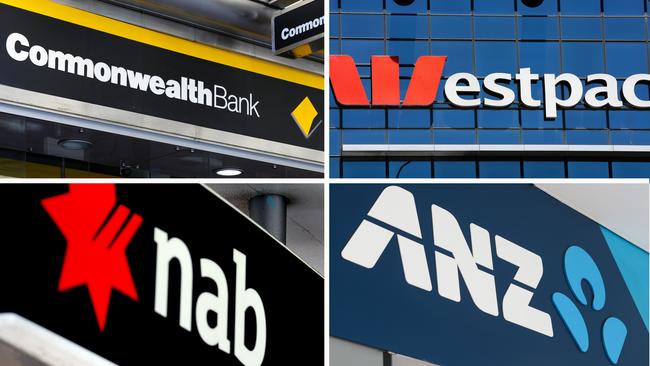
Influential Westpac chief economist Bill Evans has scrapped his earlier prediction for a rate rise in May and instead believes the RBA will press pause again, although future increases were still up in the air.
“Given the uncertainty around the current outlook and a need to contain inflation expectations, the board is almost certain to maintain its clear tightening bias,” he said.
“However, as we move through the remainder of 2023 the credibility of that bias is likely to fade.”
He noted that the latest inflation result is in line with the RBA’s forecast path for eventually achieving its inflation target of 2 to 3 per cent and it would be unlikely to make more calls on rates until its August meeting after more inflation data drops.
ANZ and NAB have also ruled out a rate hike for May.
Commonwealth Bank is the outlier predicting that interest rates will be pushed up by 0.25 per cent, although it has said that the decision will be a “line ball call”.
“Inflation is easing but remains very high. The RBA’s most recent communication continues to include a hiking bias and given core inflation remains in line with the RBA’s forecasts as well as the extremely tight labour market, we favour a 25 basis point hike,” CBA economists said.
This would see interest rates hit 3.85 per cent which would be its peak, the bank noted.
However ANZ is warning that a future rate hike will “ultimately be necessary” to deal with inflation, while NAB believes increases should be over for 2023 but warned “risks remain”.
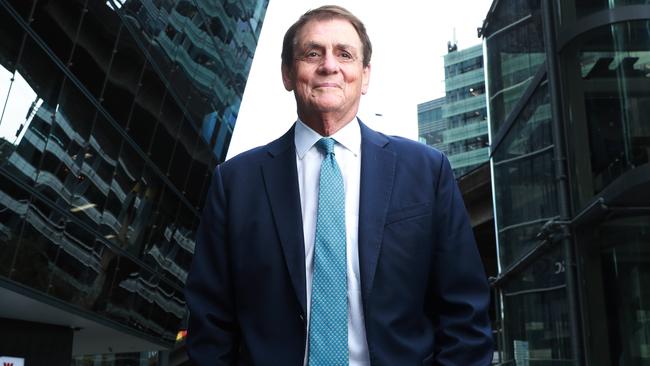
‘No nasty shocks’
Betashares chief economist David Bessanese believes the March quarter consumer price index (CPI) provided reassuring evidence that inflation likely peaked late last year with “no nasty shocks” in the data.
He has ruled out the potential for May rate hike, despite local inflation remaining “relatively high” compared to the US, but said there are crucial differences.
“For starters, local wages pressure remains more benign than that evident in the United States, meaning more of the increase in inflation in the past year can be attributed to supply-side factors that are less likely to become entrenched,” he said.
“Helping contain wage growth to date has been the speedy rebound in labour force participation following the Covid lockdowns, as the admittedly expensive JobKeeper program kept more employees tied to their former jobs for longer.
“The recent rebound in immigration, though adding to demand, will also likely help contain wage inflation going forward by easing remaining worker shortages.”

Unlike the US there are already signs of a slowdown in consumer spending because of the higher incidence of variable rate mortgages in Australia, he added.
“Australia has closer to 80 per cent variable rate mortgages, which are more sensitive to short-term interest rates, whereas in the United States close to 80 per cent of mortgages a fixed for periods of up to 30 years,” he said.
“Of course, all this could change if wage growth started to rise much more quickly than evident so far and/or consumer spending staged a feisty rebound.
“But barring either of these developments, which I consider unlikely, there’s a good chance the RBA won’t need to raise interest rates again this year.
“Instead, I still see scope for a rate cut on or before Melbourne Cup as the economy slows – and especially if the currently red-hot US economy tips into recession.”
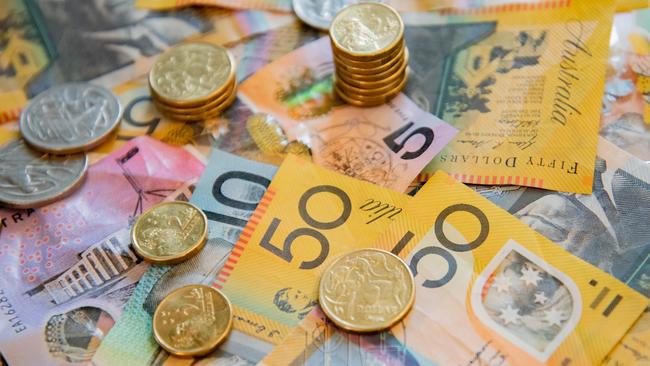
‘Full brunt of rate hikes yet to be felt’
Yet VanEck portfolio manager Cameron McCormack predicts an 0.25 per cent hike as a result of new concerns on the horizon for RBA due to turbocharged immigration and public sector wage increases.
Strong labour force, retail sales and accelerating services inflation cement the case for a rate rise, he said.
“The RBA is clinging to the hope that the labour market will begin to soften this year as higher interest rates start to impact demand, in turn contributing to a higher unemployment, cooling wage and inflation pressures,” he noted.
“However, this is unlikely with Australia’s unemployment rate in recent months trending down and two inflationary pressures surfacing.”
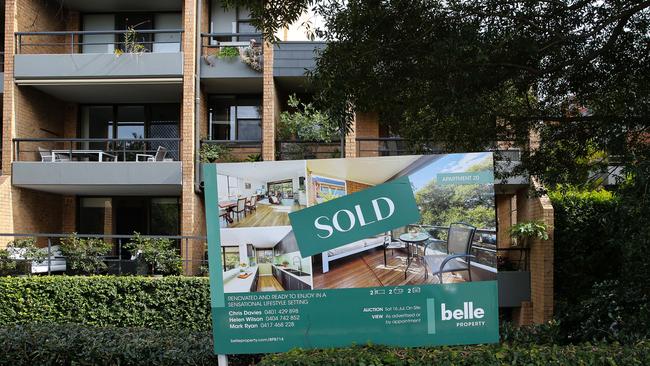
He said the RBA faces fresh concerns on two fronts: the fast pace of immigration pushing up rents in an extremely tight rental market, as well as an anticipated jump in public sector pay following the scrapping/increase of wage growth caps by state governments.
“These pressures add further fuel to the inflationary fire, boosting the case for further policy tightening later in the year. March quarter CPI print showed that services inflation, which is a function of strong wages growth and low unemployment is continuing to accelerate,” he said. “Boosting housing supply to slow rent growth will be a slow burn with RBA only able to influence demand side inflationary pressures.
“Higher mortgage repayments have failed to deter consumers so far, however, 800 000 Australian households are facing a mortgage repayment shock later this year as they shift from ultra-low fixed rate loans to substantially higher variable rates. With so many homeowners yet to come off fixed-rate loans the full brunt of rate hikes is yet to be felt.
“We think markets are over-estimating the likelihood of an RBA pivot.”
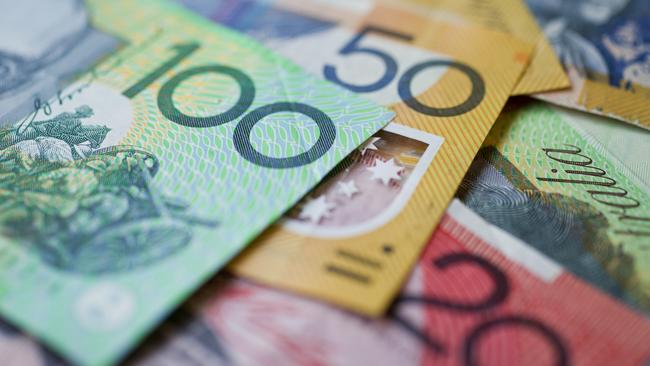
‘Severe mortgage stress’
Yet even if the RBA decides to keep interest rates on hold at its May meeting, new research from Canstar shows borrowers who bought in the past two years are likely to be already experiencing severe mortgage stress.
It analysed the impact of variable interest rate rises on recent borrowers who purchased a median priced property with a 20 per cent deposit and an income just big enough to afford the loan.
The research found a borrower who purchased a median priced house two years ago in April 2021 for $643,203 will now be contributing 38.9 per cent of their before-tax income towards their loan repayments.
Meanwhile a borrower who bought in April last year for $805,621 will now be spending an alarming 42.3 per cent of their before-tax income on repayments.
The benchmark for mortgage stress is typically when repayments exceed 30 per cent of a borrower’s before-tax income.
This means both borrowers would be in mortgage stress even before the RBA’s May cash rate call, assuming the borrowers haven’t increased their income above average wage growth since they bought.
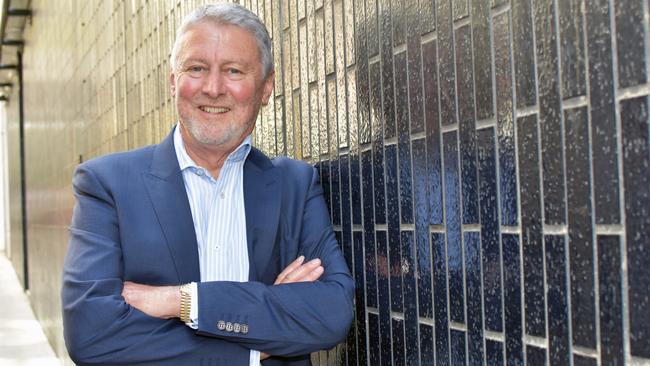
Canstar’s finance expert, Steve Mickenbecker said Aussies were emboldened by the outlook that interest rates would remain low into 2024 and as result borrowers in the last two years could now be in severe mortgage stress”.
“Interest rate increases are a blunt instrument that target inflation by forcing borrowers to tighten their belts and lower their spending. All borrowers are impacted to some degree but it takes a tougher toll on recent buyers who have little wriggle room to cut their spending and have had no time to build a buffer,” he explained.
“Borrowers who jumped into the market with loan repayments up to their income capacity in April 2022 are now spending more than 40 per cent of their income on repayments and are likely to be struggling with normal living costs after paying the mortgage.
“Those who beat much of the house price boom and bought a year earlier, in April 2021, are only a little better off.”
‘Banks become nervous’
A borrower who purchased a house in April last year also has the added complication of eroding equity in their property.
Having paid near top-of-market property prices in early 2022 and since watched prices fall, their 20 per cent equity has likely shrunk to 16 per cent.
But the borrower who purchased in April 2021 beat the booming house price growth of the latter half of 2021 and early 2022 and has possibly built their equity to a healthy 34 per cent, the Canstar research showed.
“The problem with falling equity is that the banks become nervous when borrowers come looking for help with repayment relief, as they too are at risk of potentially having to write the loan off,” he said.
“Fortunately, relief appears to be at hand with early promising signs that house price falls are behind us.”

Buyers who found a house too big of a stretch for their income one year or two years ago and opted for a lower priced unit, have not been spared from mortgage stress.
Canstar’s research shows a borrower who purchased a median priced unit in April 2021 for $547,543 with an income just big enough to afford the loan is now likely contributing 37.1 per cent of their before-tax income towards their repayments.
Meanwhile buyers of a unit for $614,449 in April last year will be suffering more with 39.4 per cent of their before-tax salary forcibly going to their loan repayments.
“The good news is that for most borrowers time is the great healer in property ownership. In time the value of your property goes up, incomes rise to cover higher repayments and sooner or later variable interest rates fall,” he noted.
Originally published as RBA interest rates: Cash rate increased by 0.25% to 3.85%





